|
By Charles Larry Friends of Nachusa Grasslands Board It was the Greek philosopher Empedocles (c.450 BCE) who first presented the idea of the four elements: earth, air, fire, and water. He did not call them elements, but roots, and conceived of these not in terms of the physical properties we associate with the words, but as forms of energies whose various combinations make possible the structure of the physical world. This idea was later amplified by Plato, and then, especially, Aristotle. For the purpose of this blog post, however, earth, air, fire, and water are being used more as a conceit to imaginatively explore the elements as they may (loosely) apply to Nachusa. This exploration, in part, will utilize stories from Greek mythology. EarthHeavy, dense, solid: earth. As Gaia the earth is the foundational mother of all living things. The name Gaia is now associated with many environmental concerns. Is there any North American mammal more evocative of earth than a bison? Massive, strong, brown in color, the bison seems sculpted of earth. Rock: the bones of the earth. Nachusa's rock formations are mainly St. Peter Sandstone, which is composed of sand that once rested on the bottom of ancient seas. Over billions of years this sand sediment compacted and eroded, and after extensive land mass shifts with tectonic and glacial activity, the rock became exposed and left as outcrop. The earth with its layer of soil, giving foundation and nutrients and collecting moisture, provides growing things the necessities of life. The earth establishes a stable environment for plants, animals, and all creatures of the air. AirLight, open, space: air. Air has been called the breath of life. It surrounds the planet in a protective layer and is a requirement for most living things. In The Odyssey, Aeolus, keeper of the winds, put all of the winds except the west wind in a bag and gave it to Odysseus. The west wind would take Odysseus and his men directly to their island home of Ithaca. But the men, thinking it was some treasure that Odysseus was keeping for himself, opened the bag and let loose the winds which drove them far from home, thus taking an additional ten years to reach home after having fought in Troy for ten years. There are times at Nachusa when it seems that bag has been opened on the prairie. The early pioneers, traveling across the tall grass prairie and observing the undulating waves of grasses caused by the wind, called it a "sea of grass." Wind also helps disperse seeds, such as the lithe milkweed seed. Mankind, observing birds and flying insects, dreamed of taking to the air long before it became a reality. Daedalus, who designed the labyrinth imprisoning the Minotaur, himself became imprisoned, along with his son Icarus, to keep the secret of the labyrinth. Daedalus crafted wings made of wax so that he and Icarus could escape. This succeeded until Icarus, in his youthful headiness, flew too close to the sun, melting the wings, thereby plunging him into the sea, resulting in his death. There are times when the air, the sky with its cloud formations seems to be on fire. FireHot, expansive, light: fire. Fire can be both constructive and destructive. In Greek mythology, Prometheus stole fire from the gods and gave it to mankind as a gift, thereby creating technology and civilization. For this act he was punished by the gods by being chained to a rock, where an eagle each day ate his liver, which grew back overnight, only to be eaten again, over and over. At Nachusa, fire usually means a prescribed burn. The prairie, like the Phoenix, needs fire for renewal. Our most pervasive source of fire/light is the sun. Sunlight is needed for plants to photosynthesize. Illuminating everything, the sun can seemingly perform magical transformations, such as becoming like molten gold on water. WaterCold, contractive, fluid: water. Most of our planet is covered by water. Perhaps the most versatile of the elements, water can exist in different states. As a fluid it is water, as a gas it is steam or mist, and as a crystalline solid it is ice. In Greek mythology it is Poseidon who rules the waters. Better known by his Roman name: Neptune, he is the Old Man of the Sea, covered by scales and holding a trident. Poseidon is the protector of all who live in the waters of the earth. It is Nachusa's ponds and streams which provide the life-giving element to all the creatures at home here. The most common source of water at Nachusa is, of course, rain. Life-nourishing rain sweeps across the prairie and savanna in storms. In winter, snow often blankets the land with needed moisture. Water: the lifeblood of the earth. If you would like to volunteer at Nachusa Grasslands, consider joining our Thursday or Saturday Workdays.
3 Comments
Bernie Buchholz
2/1/2022 06:03:14 pm
Thank you, Charles, for a rich and literary look at Nachusa through the four "roots". Your narrative, like "bison seem sculpted of earth", is a delight.
Reply
Loren Floto
2/6/2022 04:49:02 pm
Thoughtful, cogent remarks rooted in mythology....I loved the text and accompanying photos. You captured the beauty of Nachusa for those of us who can't visit regularly. Thank you.
Reply
Merrilee Batten
6/4/2022 07:14:05 pm
Beautifully composed article in both the written and visual aspects. Loved this and marveled at each photograph of the beauty brought to life.
Reply
Your comment will be posted after it is approved.
Leave a Reply. |
Blog CoordinatorDee Hudson
I am a nature photographer, a freelance graphic designer, and steward at Nachusa's Thelma Carpenter Prairie. I have taken photos for Nachusa since 2012. EditorJames Higby
I have been a high school French teacher, registered piano technician, and librarian. In retirement I am a volunteer historian at Lee County Historical and Genealogical Society. Categories
All
Archives
January 2024
|
CONNECT WITH US |
|






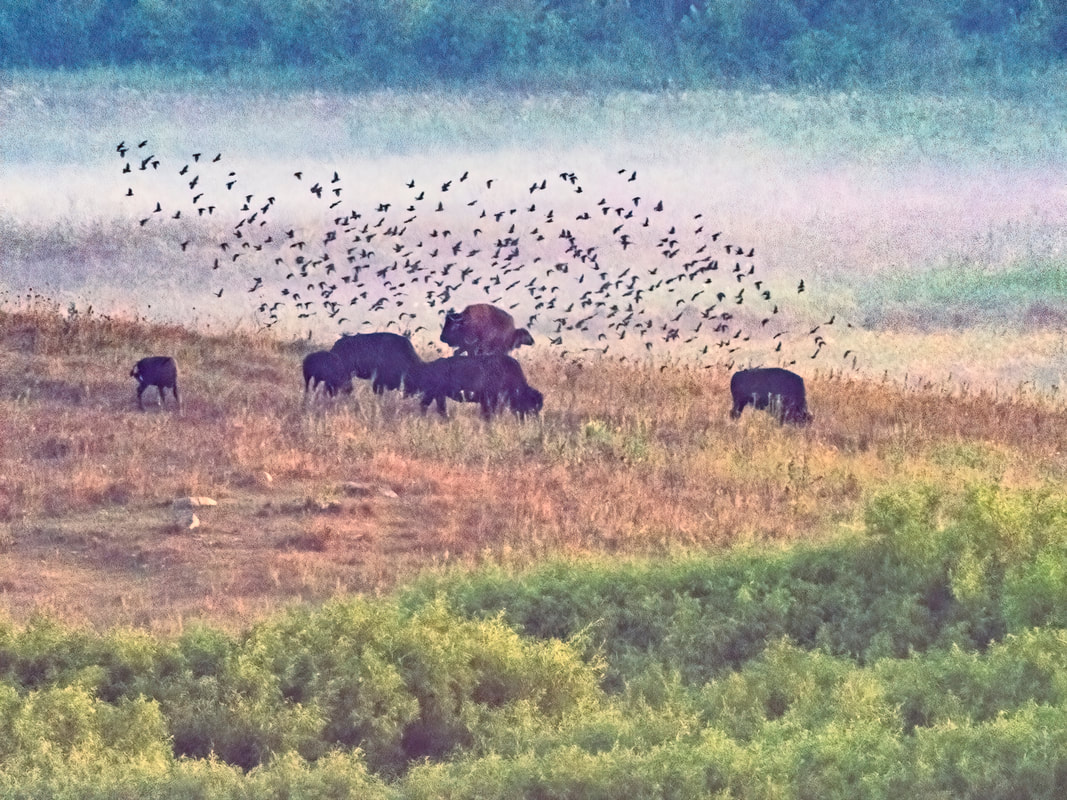


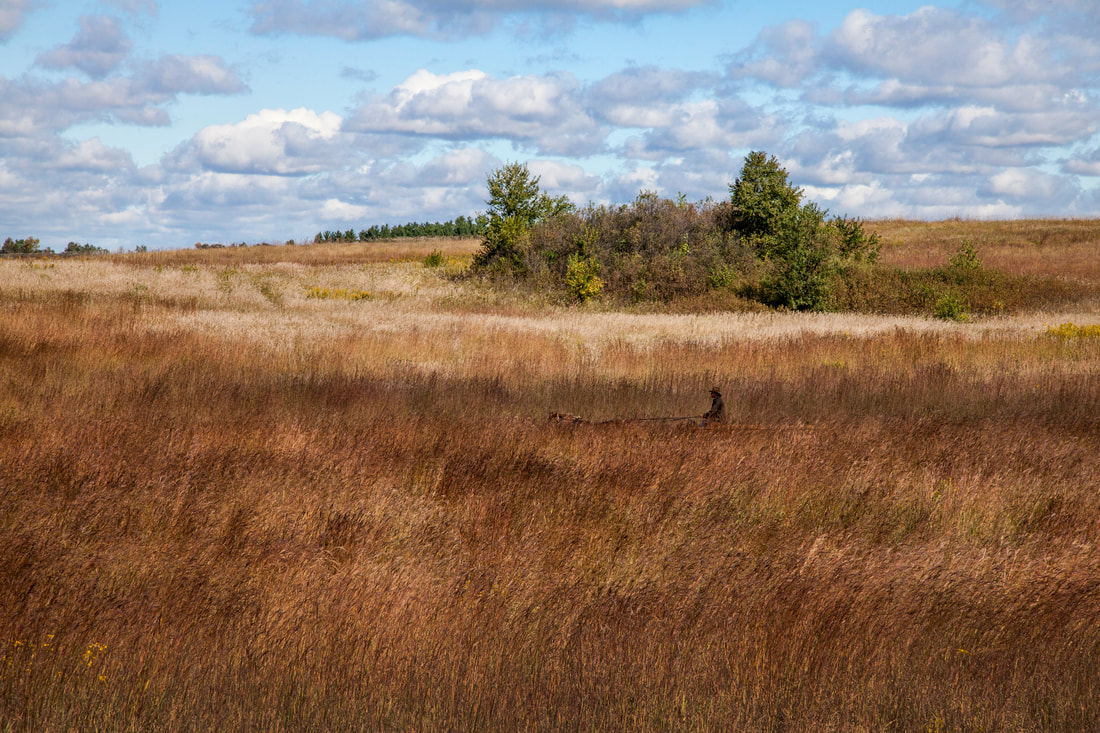
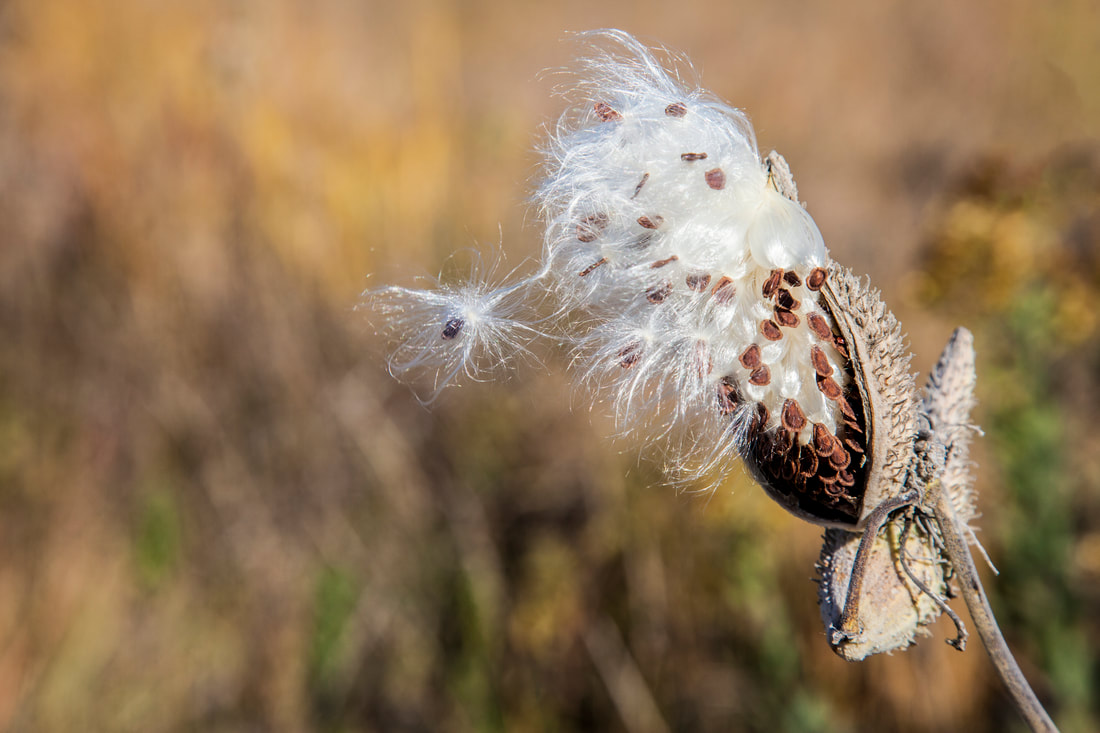






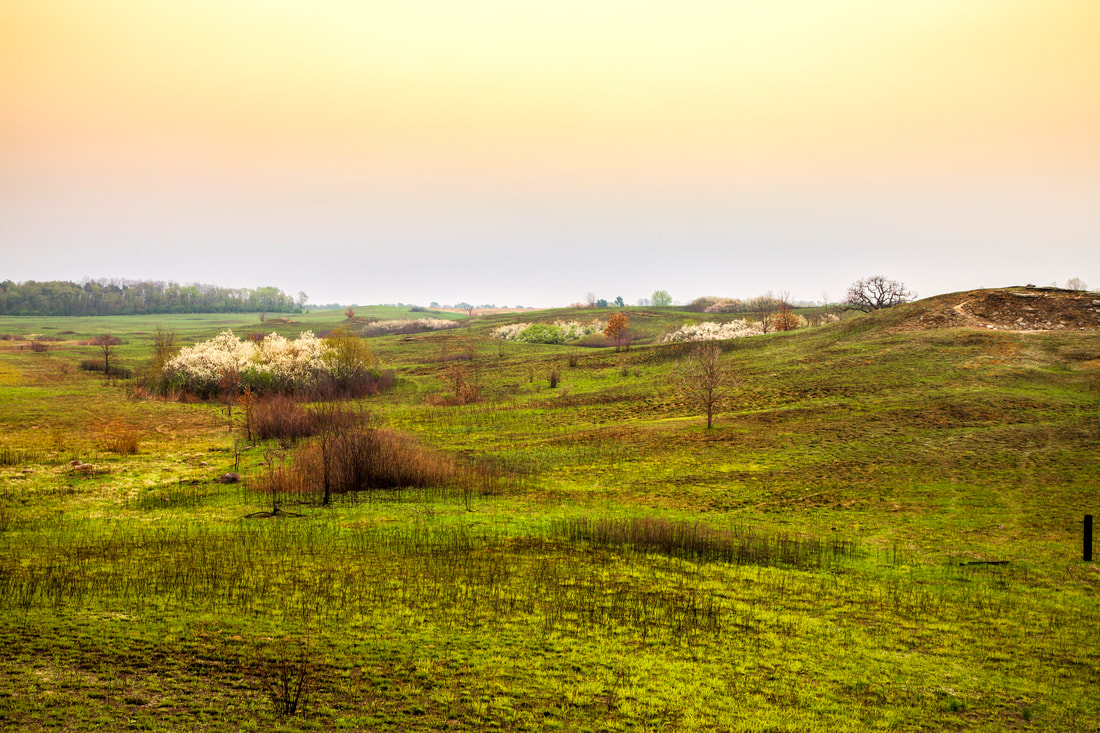

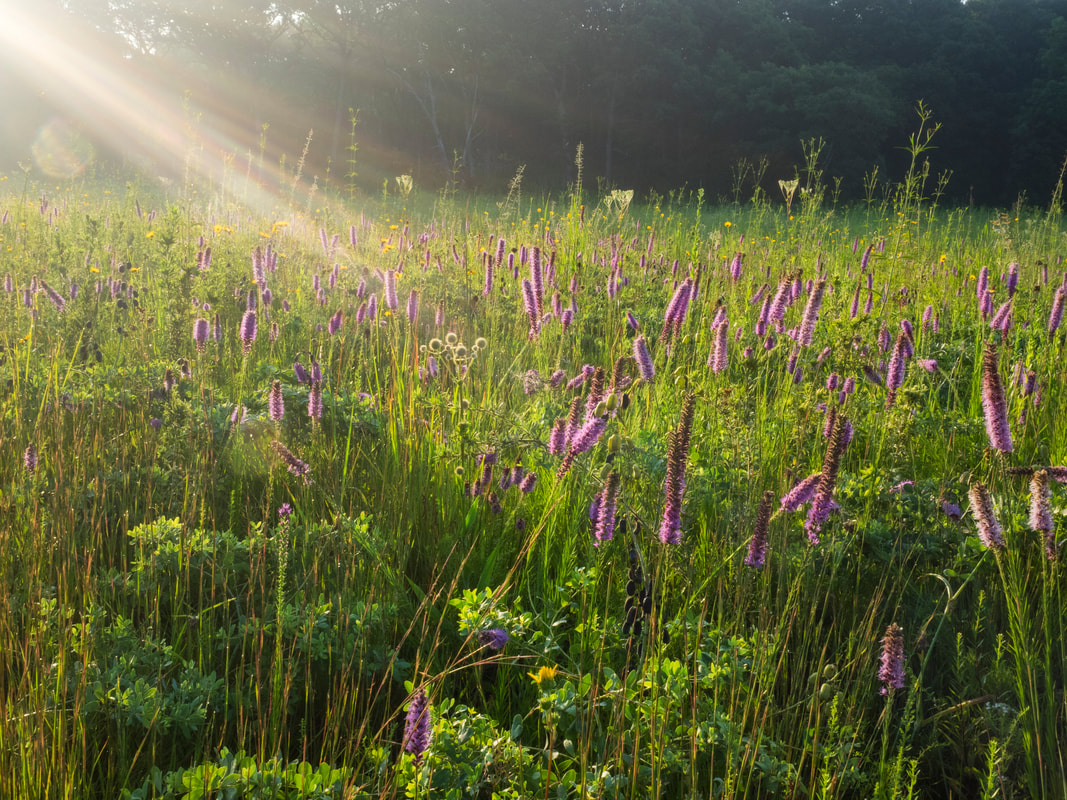






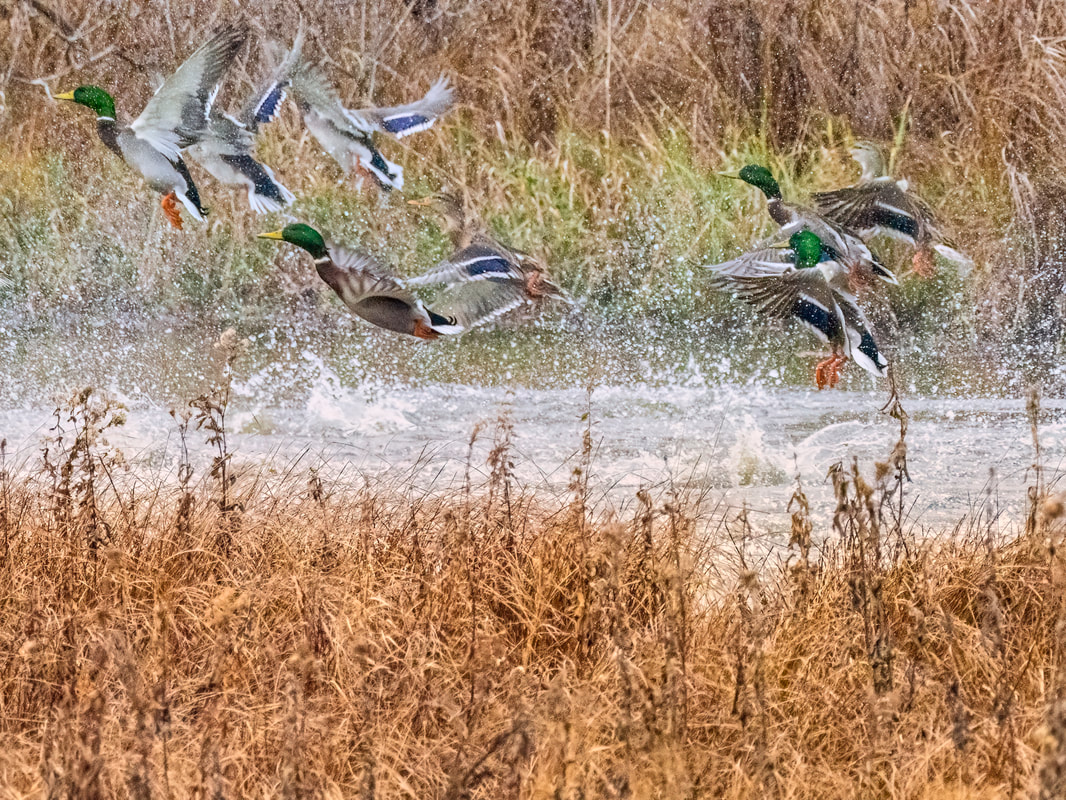


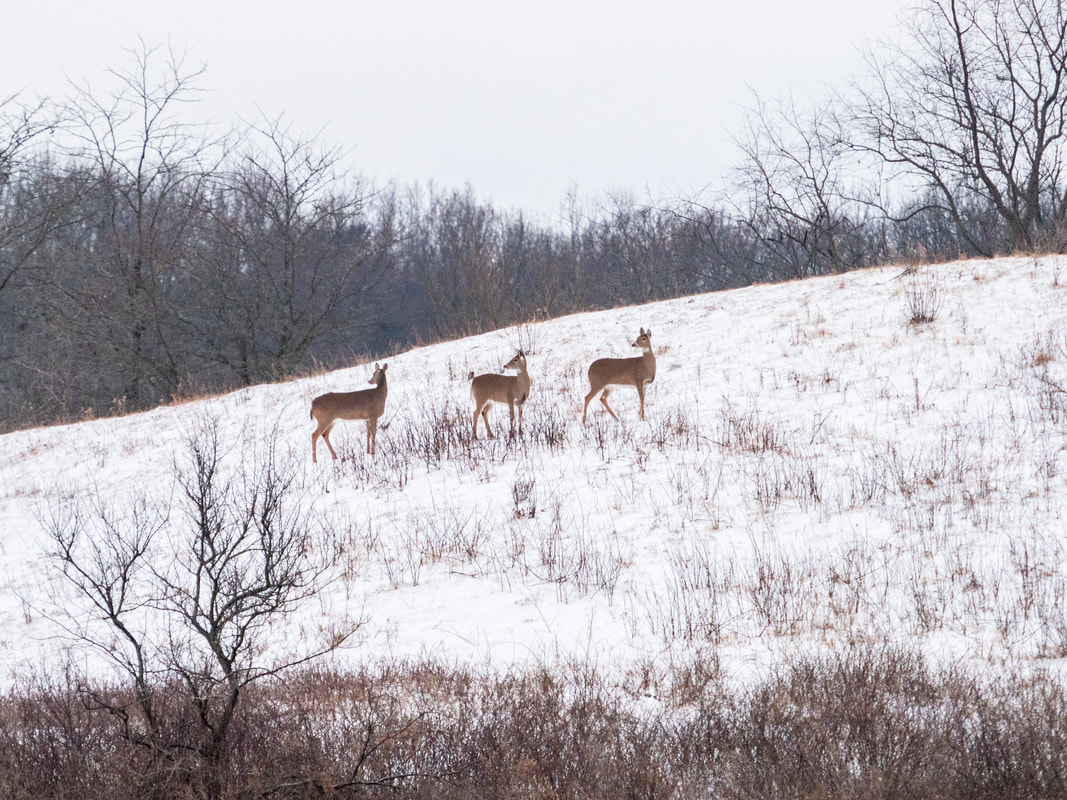


 RSS Feed
RSS Feed